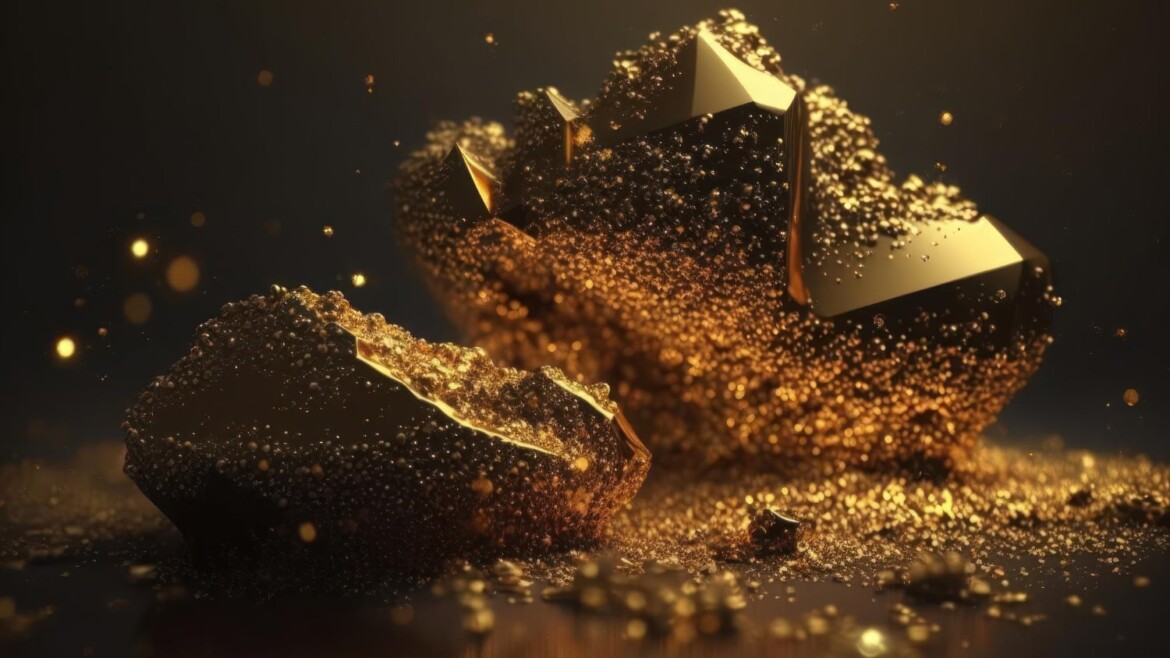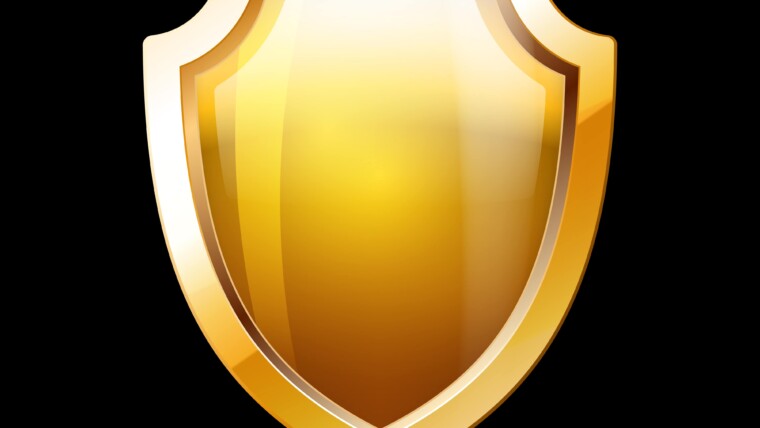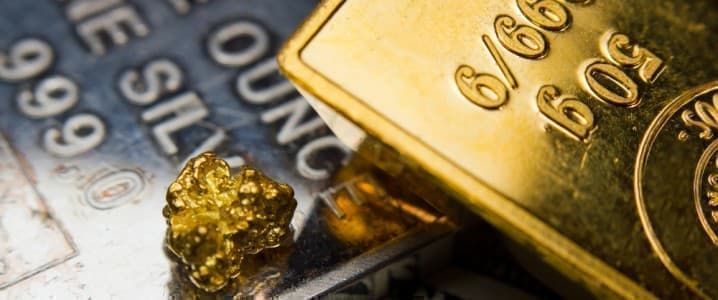When it comes to investing, most beginners might initially think of stocks, bonds, mutual funds, or even cryptocurrencies. However, there’s a world of investment opportunities beyond these traditional assets, including the fascinating realm of precious metals. In this beginner’s guide to investing in precious metals, we’ll explore why adding these assets to your portfolio can be a smart and valuable move.
Disclaimer: Before we dive in, it’s essential to note that this guide is for educational purposes only and not intended as investment advice. Always conduct thorough research and consult with a financial advisor before making any investment decisions.
- Why Consider Investing in Precious Metals? Precious metals, including gold, silver, platinum, and palladium, offer several compelling reasons for investment:
- Value Retention: Precious metals tend to maintain their value well over time. They are finite and scarce resources, making them a reliable store of value even in the face of economic fluctuations.
- Versatile Uses: Beyond adornments like jewelry, precious metals find applications in numerous industries. From medical devices to semiconductors and solar panels, they play vital roles in our everyday lives.
- Tangible Assets: Unlike digital assets and stocks, precious metals are tangible. You can invest in physical forms such as bullion and jewelry, providing a sense of security.
- Types of Precious Metals There are four primary precious metals that investors commonly consider:
- Gold: A versatile metal, known for its use in jewelry, coins, and as a hedge against inflation.
- Silver: Widely used in industrial applications, silver offers a more affordable entry point for novice investors.
- Platinum: Rarer than gold or silver, platinum is prized for its conductivity and strength in various applications.
- Palladium: Often overlooked, palladium is essential in areas like catalytic converters and possesses unique value.
- How to Invest in Precious Metals There are various ways to incorporate precious metals into your investment portfolio:
- Coins and Bullion: For tangible assets, consider purchasing coins, bars, rounds, or ingots from reputable sources.
- Mining Company Stocks and Mutual Funds: Invest in companies associated with precious metal mining or mutual funds that track these stocks.
- Exchange-Traded Funds (ETFs): ETFs provide exposure to precious metals through funds holding physical assets, mining company stocks, or a combination of both.
- Futures: Investing in futures contracts involves agreeing to purchase assets at a predetermined price in the future, potentially with higher risk.
- Individual Retirement Accounts (IRAs): Precious metals can also be included in your retirement savings through self-directed IRAs.
- Factors Affecting Precious Metals Prices Before diving into precious metal investments, it’s essential to be aware of the factors influencing their prices:
- Scarcity and Availability: Precious metals are finite resources, and their limited supply contributes to their value.
- Natural Events: Events like earthquakes or hurricanes can disrupt mining operations, affecting prices.
- Geopolitical Activity: Political unrest, wars, or shifts in leadership can have significant repercussions on the market.
- Market Trends: Precious metals, like all commodities, are susceptible to market fluctuations.
- Technology Breakthroughs: Advancements in technology can impact the demand for precious metals.
- Benefits of Investing in Precious Metals Here are some advantages to consider:
- Accessibility: Precious metals investments are relatively straightforward for beginners.
- Low Barrier to Entry: You can start with a small investment, making it accessible for novice investors.
- Stability: Precious metals have a stable long-term outlook due to their varied applications and limited supply.
- Diversification: Including precious metals in your portfolio can help offset losses in other asset classes, reducing overall risk.
- Conclusion Investing in precious metals can be an exciting addition to your investment strategy. It offers the potential for stability, diversification, and long-term value retention. However, like any investment, it comes with its own set of considerations and risks. Careful research and understanding of the market dynamics are crucial for making informed decisions. Always consult with financial experts before taking the plunge into the world of precious metals.



